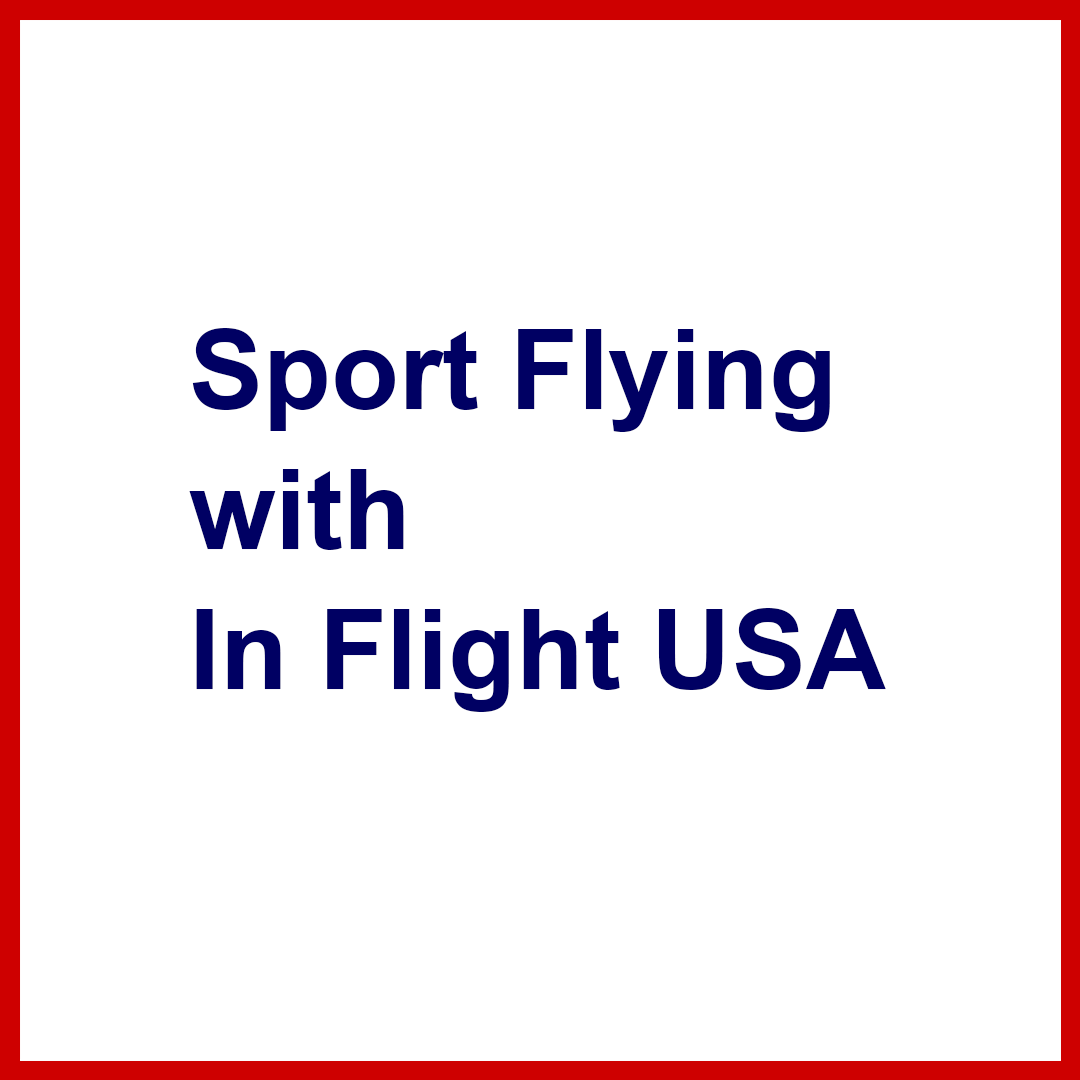In Flight USA Article Categories
In Flight USA Articles
FAA Announces Milestones in the Quest for Lead-Free Avgas
By Jeffrey Decker
A major milestone in the quest for lead-free avgas came July 10, when the FAA announced it has received nine potential replacement fuels being evaluated under a newly formed process for fleet-wide replacement.
“Frankly, we’re thrilled to see that because after 25 years of working on this, we were beginning to get pretty discouraged,” remarked EAA Governmental Relations Director Doug MacNair.
High performance engines need something other than low-compression engines in ultralights, and other small aircraft need to get away from lead too. “Choices have become very restricted. You either need to find ethanol-free autogas or you need to suffer your way through engine fouling using avgas.”
Green News: Shell Removes Lead from Light Aircraft Fuel
Shell has become the first major oil company to develop a lead-free replacement for Aviation Gasoline (Avgas 100 and 100LL), which will now begin a strict regulatory approvals process. Avgas is one of the last common transportation fuels to contain lead and is used by light aircraft and helicopters. Shell’s new lead-free formulation comes after 10 years of exhaustive research and development, as well as successful initial testing, carried out in the last two months by two original equipment manufacturers (OEMs).
Xinsheng (Sheng) Zhang, Vice-President of Shell Aviation, said: “We are proud of this first for Shell Aviation. This advanced product is the latest milestone in our long history of innovation. We believe that with industry support, a stringent approvals process can be completed for this new lead-free product within a short timeframe. We look forward to working alongside our technical partners and authorities to progress the necessary approvals needed to make this product a reality for use in light aircraft engines of all types.”
Embry-Riddle Hosts Historic FAA-Industry Rule-Making Meetings
Group Streamlining Process Used for Certifying New and Modifying Existing Aircraft
Embry-Riddle Aeronautical University was the host of two meetings, from Jan. 8-11, of the Federal Aviation Administration FAR Part 23 Aviation Rule Making Committee (ARC) and the ASTM International F44 group charged with developing recommendations that would significantly change aircraft certification regulations for most general aviation aircraft. FAR Part 23 covers aircraft under 19,000 pounds, from simple, piston-powered airplanes to highly complex twin-engine jets.
Members of ARC include representatives of most major airframe and aircraft equipment manufacturers as well as aviation regulators from Brazil, Canada, China, Europe and New Zealand.
The ARC committee has worked since November 2011 to develop performance-based regulations that will be readily adaptable to new technology. The committee aims to enhance safety and encourage innovation by streamlining the process for certifying new technologies, while also lowering the costs of developing new products. It is expected to have final recommendations ready for the FAA to consider later this year.
Light Sport Flying with In Flight USA - February 2011
Sport Pilot and Winter Flying
By Ed Downs
At first glance, one might conclude that winter flying as a Sport Pilot, or operation of an S-LSA, caries the same cautions applicable to all pilots and aircraft. To an extent, that is true, but there are a couple of special considerations.
Any article about winter flying needs to talk about the potential of IFR encounters. The reader’s first thought may be, “What IFR – Sport Pilots nor LSA’s are allowed to fly IFR – so why even talk about it?” Well, that is not quite true. There is nothing within the ASTM Consensus Standards that prohibit an S-LSA from being flown IFR. IFR restrictions are completely up to the airframe and engine manufacturer. The ability to operate an S-LSA in Instrument Meteorological Conditions (IMC) will be clearly stated in the Pilot Operating Handbook. To be sure, most S-LSA manufacturers do prohibit the use of their aircraft in IMC, but several S-LSAs specifically allow IFR flight, given the installation of a specific engine and/or equipment. But, even if IFR flight is allowed, there may be limitations, such as “no flight into known icing conditions.” It is very important to give that POH a good read, as it is required to contain a number of certification limitations that are established by the manufacturer, not the ASTM standards or FAA. Do not fall into the trap of thinking that the words of one POH speak for all S-LSAs.















